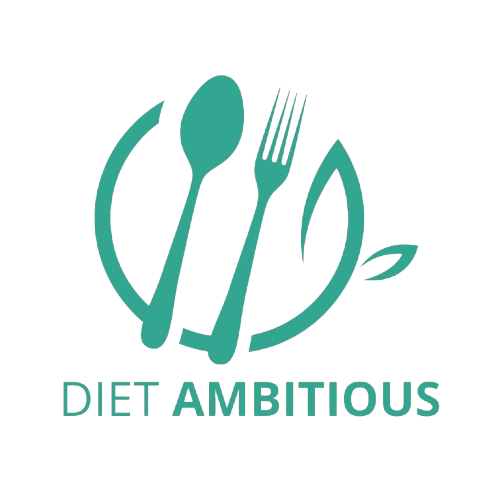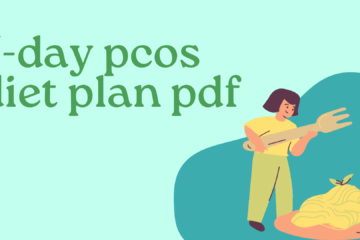If you or someone you know has diverticulitis, you’ve probably heard the doctor say something like:
“Stick to a liquid diet for a few days.”
Can you have smoothies? What about soup? And how long do you have to do it? Here’s a full guide to what a liquid diet for diverticulitis looks like, why it helps, and how to make it a little less boring.
Table of Contents
What Is Diverticulitis?
Let’s keep it simple. Diverticulitis happens when small pouches (called diverticula) in your colon get inflamed or infected. It can cause:
- Belly pain (usually lower left side)
- Bloating
- Fever
- Nausea
- Constipation or diarrhea
When you’re having a flare-up, your digestive system needs a break. That’s where a liquid diet comes in.
Why a Liquid Diet Helps
During a flare-up, your intestines are irritated. Eating normal food can make things worse. A clear liquid diet helps:
- Keep you hydrated
- Give your colon time to rest and heal
- Reduce pain and pressure in your gut
- Avoid further infection or inflammation
It’s not forever — usually just 2 to 3 days, or until your symptoms calm down.
What You Can Have on a Liquid Diet
Here’s what’s usually allowed during the clear liquid phase of a diverticulitis diet:
- Water (duh)
- Clear broths (chicken, beef, veggie — no chunks)
- Apple juice, white grape juice (no pulp)
- Lemonade (without seeds or pulp)
- Ice pops made with real juice (no fruit bits)
- Plain tea or black coffee (no milk or creamer)
- Gelatin (like Jell-O — clear flavors only)
- Electrolyte drinks (like Gatorade or Pedialyte)
The goal is to keep everything super light and easy to digest. No solid food, no dairy, and definitely nothing spicy or high-fiber.
What to Avoid
Even if it looks liquid, some things are a no-go during a diverticulitis flare-up. Avoid:
- Milk, cream, or anything dairy
- Smoothies or shakes with fruit
- Soup with chunks, rice, or pasta
- Alcohol
- Soda with caffeine or bubbles
- Tomato juice or citrus with pulp
- Fiber supplements (not right now)
If you’re not sure about something, just ask yourself:
Is this completely see-through and easy to digest? If not, skip it.
Sample Liquid Diet Plan (1 Day)
Here’s what a day on a clear liquid diet could look like:
Breakfast
- Warm herbal tea
- Apple juice
- Gelatin (like lemon or apple flavor)
Mid-Morning
- Glass of water
- Electrolyte drink
Lunch
- Clear chicken broth
- White grape juice
- Ice pop
Afternoon Snack
- More tea or Gatorade
- Gelatin
Dinner
- Veggie broth
- Lemonade (no pulp)
- Glass of water
This might not sound super exciting, but it helps you get through the worst part of a flare-up.
When to Move to Full Liquids or Soft Foods
If your symptoms start improving after a couple of days, your doctor might tell you to try a full liquid diet, which includes:
- Creamy soups
- Low-fat yogurt or pudding
- Protein shakes
- Smoothies (low-fiber fruits only)
Eventually, you can go back to soft foods, then a regular high-fiber diet to help prevent flare-ups in the future.
But always follow what your doctor says — everyone’s recovery is different.
Quick Tips to Feel Better
- Drink slowly and often to stay hydrated
- Don’t force yourself to eat if you feel nauseous
- Rest and take it easy
- Avoid anything that upsets your stomach
- Keep your meals small and simple
Final Thoughts
A liquid diet for diverticulitis isn’t fun, but it’s a super important part of healing during a flare-up. By giving your gut a break and sticking to clear, gentle liquids, you’re helping your body recover faster.
Just remember — it’s not forever. Once the pain goes down, you’ll slowly move back to real food and start feeling like yourself again.
Stay hydrated, be kind to your body, and take it one sip at a time.




